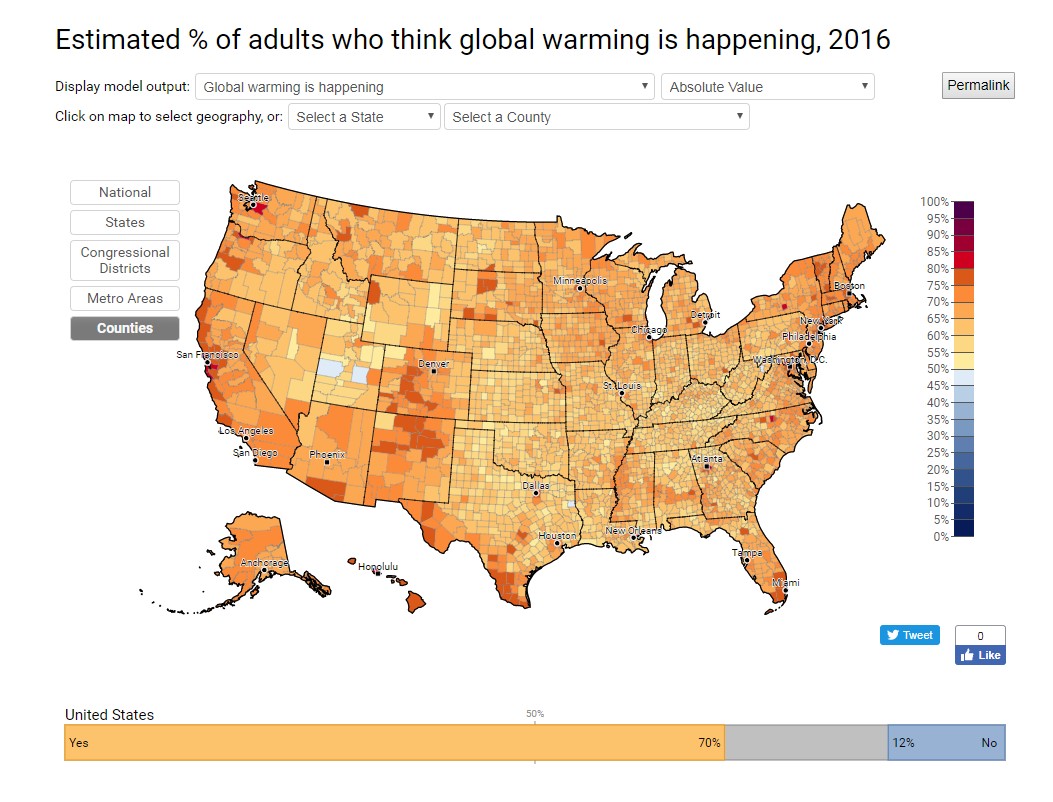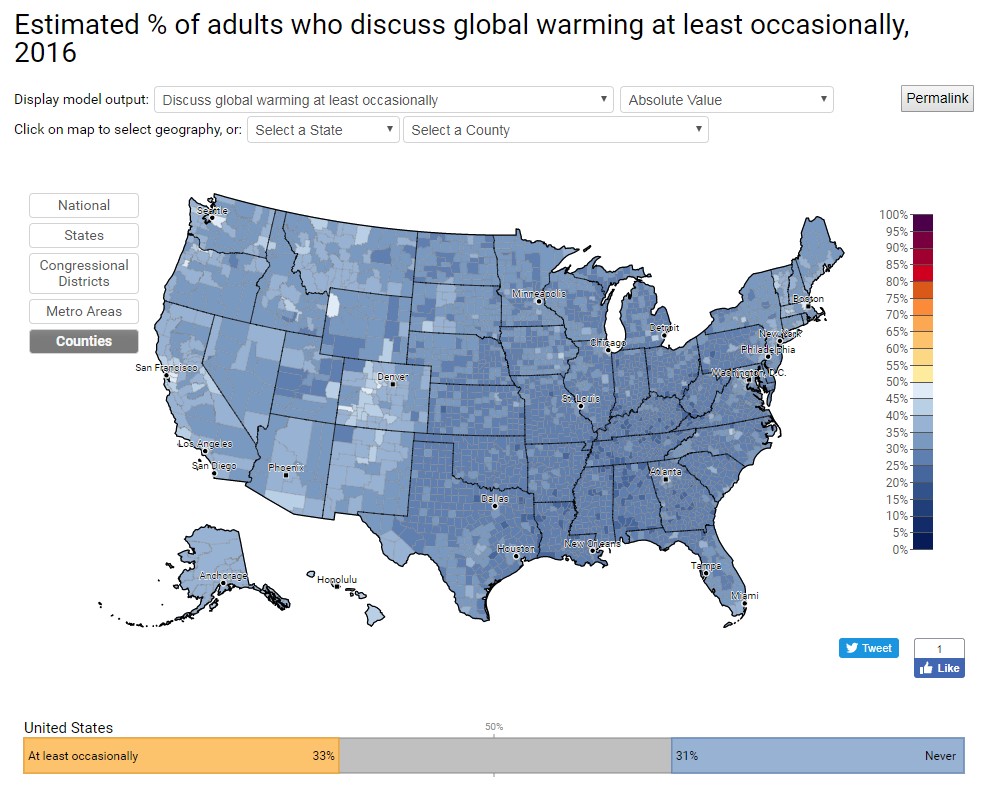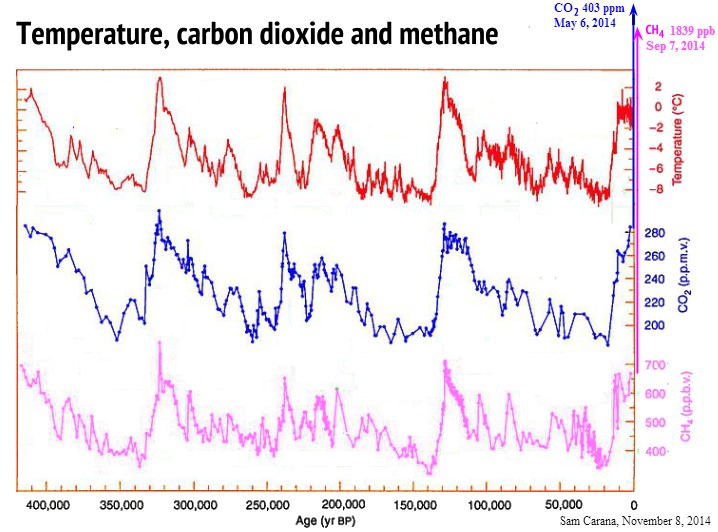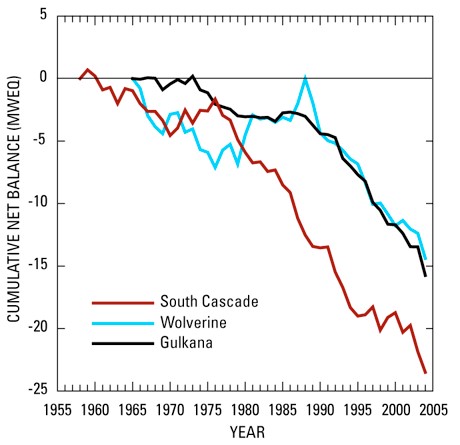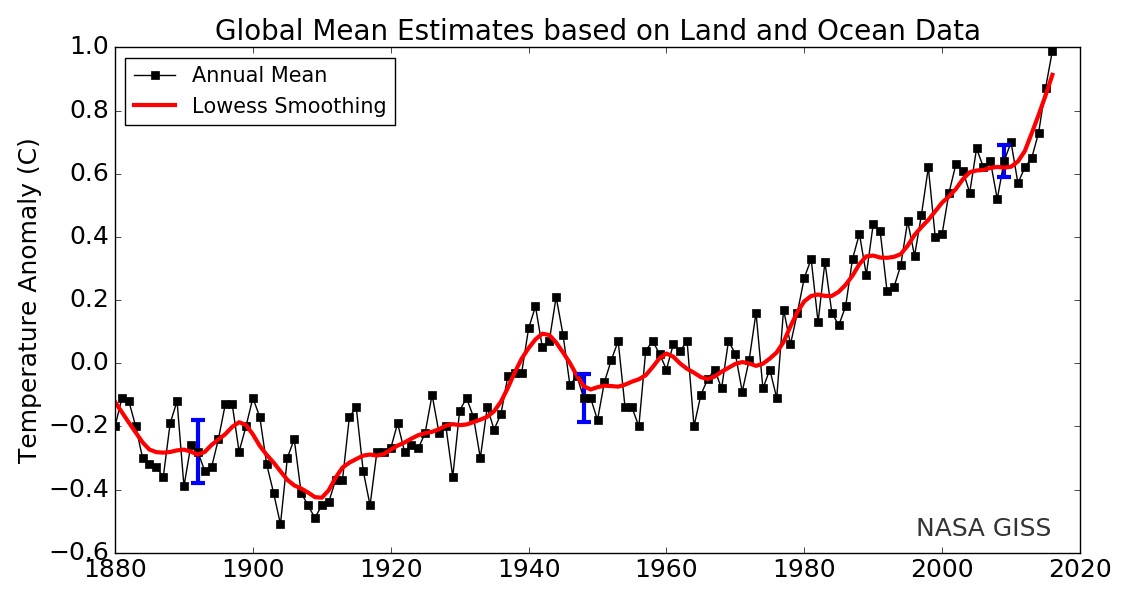They don’t have to. British Columbia has decreased their greenhouse gas emissions by more than 6%, while showing a faster economic growth than the rest of Canada. How? British Columbia has imposed a carbon tax on corporations.
Multiple countries and states around the world have instituted a carbon tax to cover the cost that carbon emissions have on society. Carbon emissions are an externality, meaning they have a negative impact on people who are not responsible for their production. A carbon price allows municipalities to help those who are most severely impacted by the effects of carbon pollution and climate change, and encourages polluters to find new ways of operating that do not result in high emission rates.
British Columbia, Canada instituted a carbon tax in 2008, and between 2008 and 2011:
- British Columbia’s per capita emissions of CO2 and other taxed Greenhouse Gas (GHG) declined.
- Emissions per capita was 9.2% below the national average.
- Emissions per Gross Domestic Product (GDP) was 12.4% below the national average.
- Overall emissions have decreased by 6.1%, while the rest of Canada has increased by 3.5%.
- British Columbia’s GDP growth slightly outweighed the rest of Canada
- The revenue from the tax has been used to fund more than $1 billion worth of cuts in business and individual taxes, annually. Tax credits protect low-income households who might not benefit from the tax.
- British Columbia elected officials who implemented the tax have been voted back into office twice.
Now the rest of Canada will follow British Columbia’s lead. Prime Minister Justin Trudeau announced in October that each providence will have “until 2018 to adopt a carbon price scheme, or the federal government will step in and impose a price for them”.
One could argue that not responding to climate change will destroy our economy. The US government has experienced an increase in spending directed toward natural disaster relief.
Between 1980 and 2017, the U.S has experienced 218 weather and climate disasters, the cost of which exceeds $1.2 trillion (these numbers do not include the most recent natural disasters: hurricanes Harvey, Irma, and Maria). So far, 2017 has seen 15 weather and climate disasters that exceeded $1 billion, matching only 2011 for the highest number of billion dollar disasters.
There is now concern that not responding to climate change will threaten our right to property.
Insurance companies are adjusting their range of coverage and who they are willing to cover. It is unsure how large of a disaster insurance companies are able to survive. In 2005, $50 billion was paid in disaster-related insurance claims, compared to $10 billion in claims a decade earlier.
Insurance companies have dramatically raised homeowners’ annual premiums, especially in coastal states such as Texas, Louisiana, the Carolinas, Massachusetts, Florida and New York.
In South Carolina, private insurance companies have stopped insuring homes that value less than $500,000.
In Rhode Island, some agencies outright refuse to cover coastal properties.
Even before Super Storm Sandy, Allstate Insurance Co. elected to NOT renew 30,000 policies covering coastal regions in NYC, Long Island, Westchester County, and Connecticut.
These are all signs that insurance companies are starting to see climate change as a risk to their bottom line.

